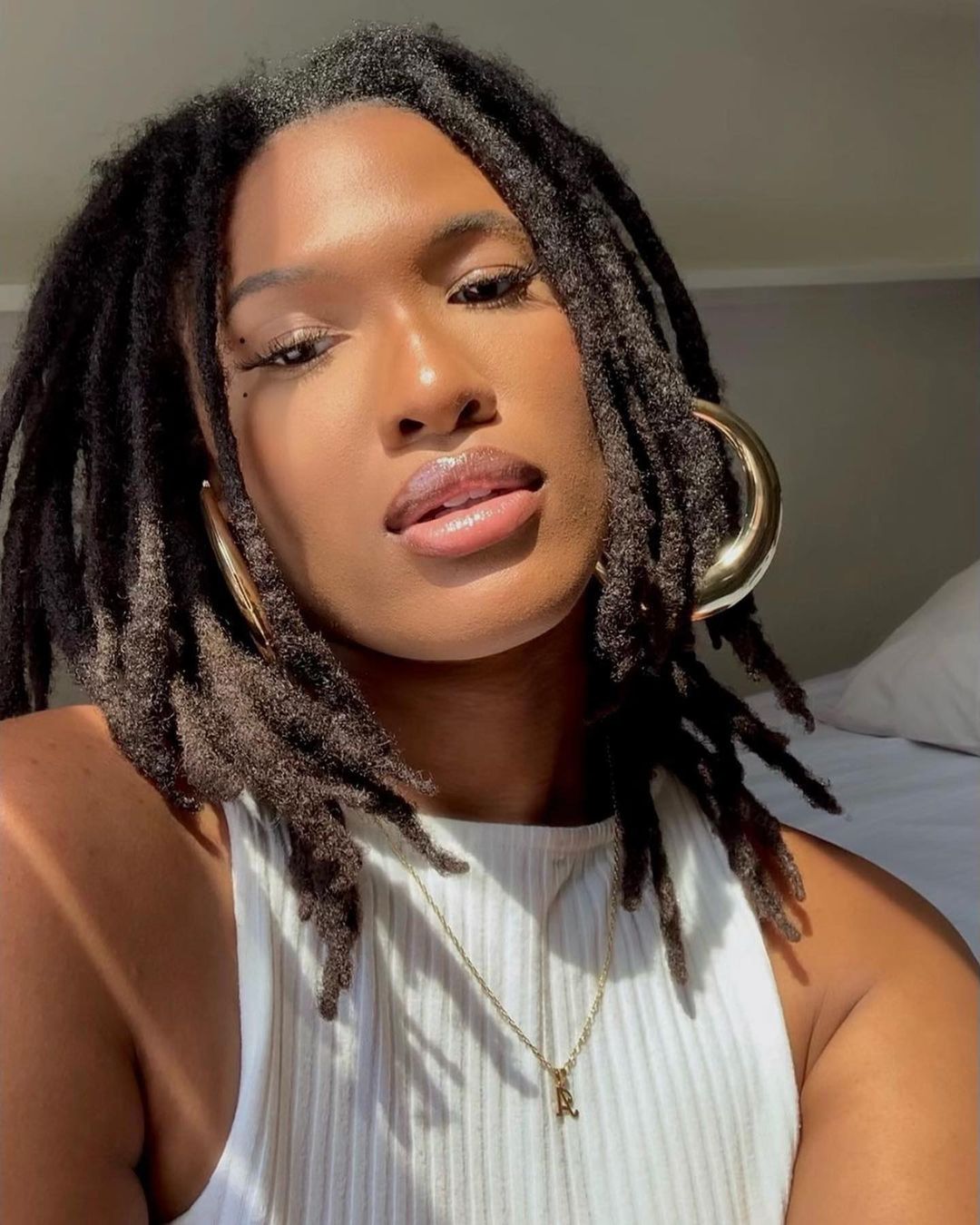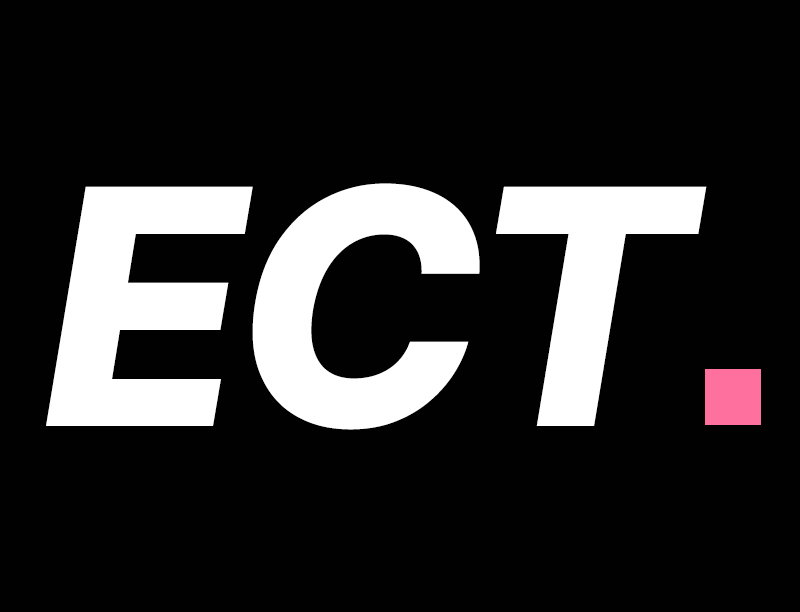Next to going natural or going blonde for the first time, starting locs is one of the biggest commitments you can make when it comes to styling and caring for your hair. Truthfully, a lot of people begin their journey under a whole heap of assumptions that aren’t necessarily true.
Myths that make you believe that locs are a lot more low maintenance than they really are or that they’re difficult to keep clean absolutely need to be debunked before you think about starting the process.
And while there is so much information for you to research and learn in order to get a better grip on the process, here are 5 of the main things you should consider before starting your journey.
Be realistic about how your hair will look.
At the start of a hair journey, we all have this tendency to fantasize about what our hair will look like once we reach a certain level. In actuality, what we want and what we really have going on may not be anywhere near each other.
Because of this, it’s super important to keep in mind that your locs may not turn out exactly how you envisioned them—and that’s perfectly okay.
Everyone has different variables impacting their outcome. What’s your hair texture? How dense is it? Do you have fine or coarse hair? The answers to these questions play a huge role in how your locs will turn out.
Do continue to look to others’ journeys for education and inspiration, but don’t compare your hair to theirs or even expect to have the same experience. Because chances are, you’ll likely have a few special moments of your own.
There are several ways to start them.

How you start your locs are perhaps the most important part of your journey because it’ll dictate how they grow and fall in the future.
While you and/or your loctician will help you decide what’s best for you based on what you’re trying to achieve, it’s important to note that there are 7 ways to start them:
- Braids and plaits. This method is best for people who want a more secure base. However, the ends may unravel easier and the pattern may take longer to disappear.
- Two-strand twists. This is one of the best methods for longer, coarser hair because it does run the risk of unraveling faster than more secure methods.
- Comb coils. This is an appropriate method for all textures and actually develops the appearance of locs relatively quickly. However, they may unravel easily in water.
- Backcombing. The best method for wavy or straight hair textures. It produces instant locs, but may take some extra effort to maintain so your locs form properly.
- Sisterlocks. These are started by interweaving hair opposed to rolling, twisting, or coiling. They’re smaller than traditional locs and should be done by a professional.
- Freeform. You let your hair do its thing. No separating, minimal maintenance, but also difficult to determine where/how your hair will end up in the end.
- Extensions. Starting with extensions gives you a head start on your journey. However, they’ll be much heavier and possibly limited in styling options down the line.
You’ll probably need a loctician.
You can’t really “wing it” with locs. I mean, you can, but it’s not the greatest idea because one misstep can upend your progress in a major way. This is why I recommend a loctician.
A loctician is someone who specializes in helping folks start and manage their locs. A good loctician is not your run-of-the-mill novice hairstylist, either.
They should be very knowledgeable and focused on the importance of maintaining hair health. They’ll also be somebody who has years of experience with helping others or has gone through a loc journey of their own.
If you do your research and find that there isn’t a good loctician near you, you may want to consider traveling for one, or simply educating yourself on everything you need to know.
They still require some maintenance.

Simply put, you cannot get locs and just forget about them. You still have to care for your hair in most of the ways that you care for it now. There will be washing, oiling, retwists—the whole nine yards.
And while locs are still relatively low maintenance in comparison to other natural and relaxed hairstyles, do not get them if you’re under the impression that they require absolutely no work whatsoever.
Buildup, matting, hair loss, and mold are all possible when you don’t care for your locs properly. Do your due diligence by doing your research.







